Assessing the true range of an electric vehicle (EV) is pretty tricky. There’s the WLTP figure, which is obtained under controlled conditions and often way off the mark when it comes to real-world driving. You can also look at the range prediction in the car, when it's fully charged, to see how far it’s supposed to go. We can even tell you the range we think the car will achieve based on our road tests.
But, let’s be honest, there’s only one way to truly know the range of an EV - and that is to drive it until the battery is empty.
Therefore, we assembled a small fleet of EVs and set out to do exactly that.
OK, breaking down on purpose isn’t fun (or sensible), so we decided to drive the cars until they reached an indicated zero miles of range to see how each performed.
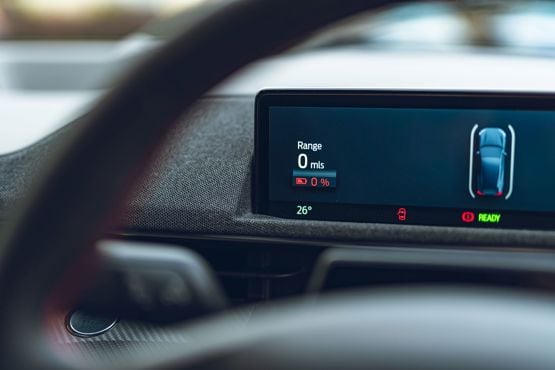
The cars
We selected a pool of EVs that have recently been launched or updated and are likely to appear on choice lists across a range of company car grades. They ranged from the £30,000 BYD Dolphin to the £105,000 Mercedes EQS.
|
|
List price |
Usable battery capacity |
WLTP range |
|
BYD Dolphin Design |
£30,195 |
60.5kWh |
265mi |
|
Polestar 2 Long Range single motor |
£48,950 |
79kWh |
379mi |
|
Ford Mustang Mach-E RWD Extended Range |
£59,530 |
91kWh |
373mi |
|
VW ID3 Pro S |
£42,870 |
77kWh |
347mi |
|
Hyundai Ioniq 6 RWD |
£47,040 |
74kWh |
339mi |
|
Mercedes EQS 450+ |
£105,610 |
108.4kWh |
438mi |
The test
The purpose of our test was simple. We don’t want to know how many miles can be eked out of a car in the perfect conditions. We want to know what they are really going to deliver, on normal roads, with normal drivers at normal speeds.
We charged each car to 100% and took a note of the mileage. The climate control was set to 21-degrees and each car was set in its comfort or normal driving mode.
Our route took us from our office in Peterborough, up the A1 to the Peak District, where we spent some time going up and down hills, before making our way back via Nottingham. We aimed to drive at the speed limit, rather than hypermiling, used the quickest, rather than most efficient route, and our drivers swapped between cars to rule out any differences in driving style.
The total trip was 239 miles, comfortably within the claimed range of each car. Once we got back, we carried on driving loops of local roads near our office so we could recharge the cars when they reached zero.
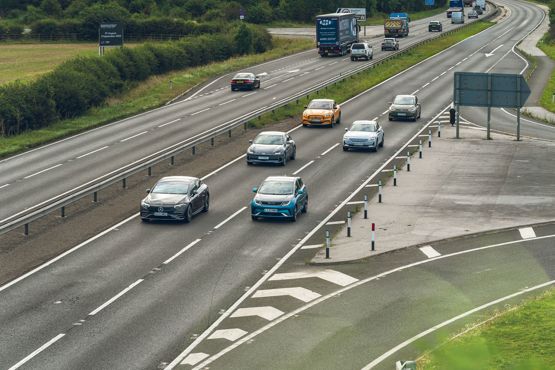
The results
It may come as no surprise that all our cars managed the core test route. We’ve detailed the individual performance of each car below.
BYD Dolphin
Actual range: 243
Read our BYD Dolphin review here.
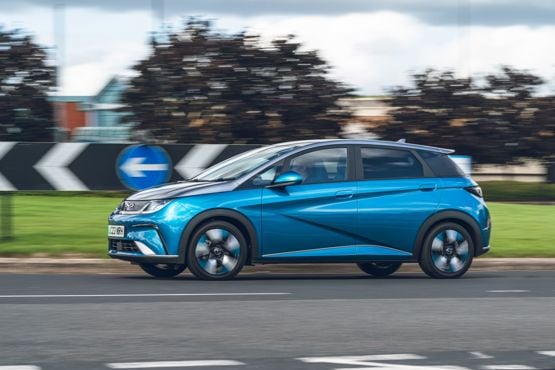
BYD’s all-new entrant into the UK market is one of the cheapest new EVs on sale. Equipped with the larger of two available batteries, it boasts an impressive range of 265 miles.
It was the only car to cause us any real concern on the trip. Its range estimation suggested a healthy 70 miles was possible when we left Nottingham, but that quickly diminished at motorway speeds.
As we approached Peterborough, we reached less than 5% charge remaining so it started restricting power output. As the range neared zero the top speed was capped to just 30mph, forcing our driver to limp the car for the last few miles.
Still, with a 60.5kWh battery, it managed to cover 243 miles overall, achieving an efficiency figure of 4.0mi/kWh – the best in our test.
Polestar 2
Actual range: 279
Read more about the Polestar 2 here.
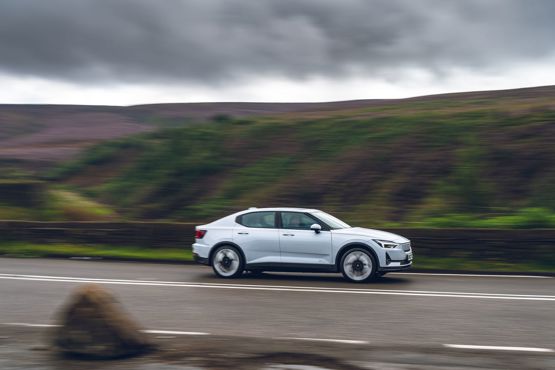
A recent round of updates saw not only a new face for the Polestar 2, but also a new powertrain. Our Single Motor Long Range version boasts a 79kWh battery and a WLTP range of 379 miles.
The new powertrain shifts drive from the front wheels to the rear, while also boosting power from 224PS to 299PS.
Leaving the charge point, the Polestar’s instrument cluster suggested 330 miles was possible, although the car, weirdly, has two conflicting range readouts. One is meant to be based on the current driving style. At one point the two figures were 100 miles apart, not very confidence inspiring.
A total of 279 miles was achieved before the Polestar claimed it could go no further. This equates to an achievement of 3.5mi/kWh.
Ford Mustang Mach-E
Actual range: 288
Read our Ford Mustang Mach-E review here.
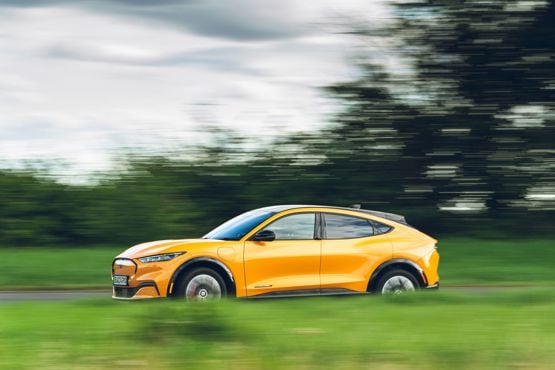
There are a few derivates of the Mach-E, each offering a different level of performance and range. For this test we used the RWD Extended Range, which promises a massive 373 miles on a single charge.
The Mustang proved to be less efficient than we expected, managing 3.1mi/kWh. It gave us 288 miles in total.
When the battery hit 0% the car still showed two miles remaining; by now performance was restricted. Then, finally, at 0 miles some of the dash turned red and the message ‘Depleted battery: stop vehicle safely now’ appeared.
The Mustang Mach-E was the second most expensive car in our test, costing a whopping £59,530. Compared to the Polestar its range advantage of nine miles is hard to justify.
VW ID3
Actual range: 293
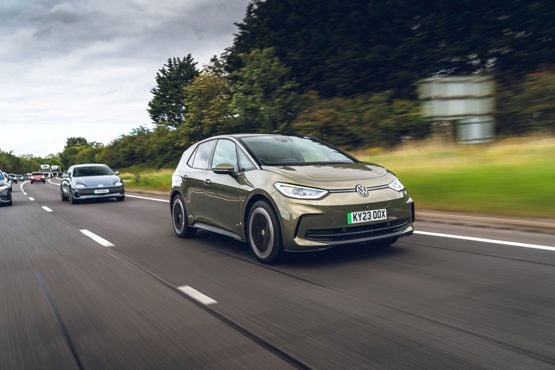
The ID3 is the natural evolution of VW’s ‘car for the people’. It’s easy to drive, easy to live with and capable of covering almost 300 miles on a charge in Pro S guise.
Fitted with the larger of two available battery packs, we were impressed our ID3 managed 3.8mi/kWh - squeezing 293 miles from its 77kWh battery.
When its battery level became critically low, the ID3 continued to perform as normal. Aside from a battery warning light and a predicted 0 miles from the computer, we felt convinced the car would carry on going.
Hyundai Ioniq 6
Actual range: 287
Read our Hyundai Ioniq 6 review here.
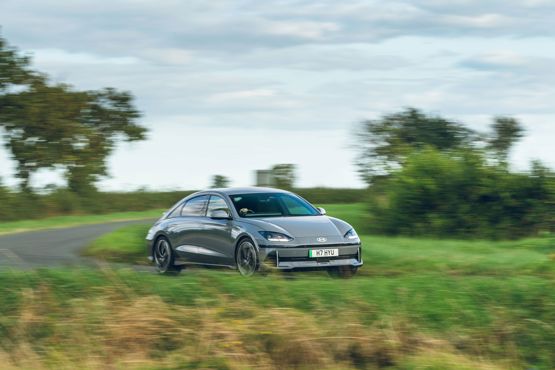
The futuristically-styled Ioniq 6 promises great efficiency from its streamlined body, and it didn’t disappoint. We saw 287 miles from the car on a single charge, although we’d secretly hoped it would manage the magic 300-mile mark.
While the single-motor model isn’t particularly potent, with a power output of 228PS, it is at least efficient.
The car’s 77.4kWh battery discharged at a slow pace, returning 3.9 mi/kWh – the second-best in our test. The car’s on-board computer also gave an accurate range prediction throughout the journey.
Mercedes EQS
Actual range: 367
Read our Mercedes EQS review here.
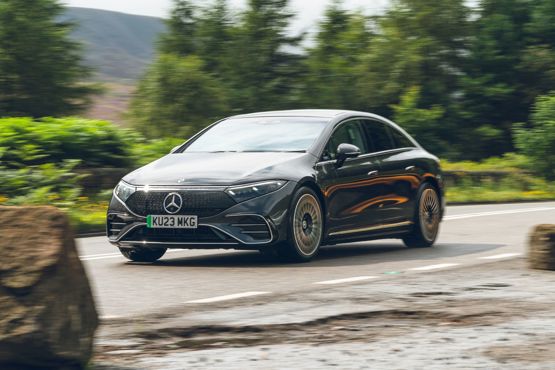
The biggest and most expensive car in our test was also the only one that is theoretically possible of breaking the 400-mile barrier.
A gigantic 108.4kWh battery enables such capability although, with 2.5-tonnes of weight to carry, the overall consumption was 3.3mi/kwh.
Nonetheless, for outright range the EQS proved infallible. In fact, we ran out of time on our test day and finished with over 25 miles still in the battery. More driving was required the next day to finally reach zero miles.
Verdict
While our test wasn’t particularly scientific, it does highlight the evolution in the EV space. In just a few years the elusive 300 miles per charge is almost a reality in normal driving conditions. Nearly all our cars managed 250 miles, which should be more than enough for most drivers.
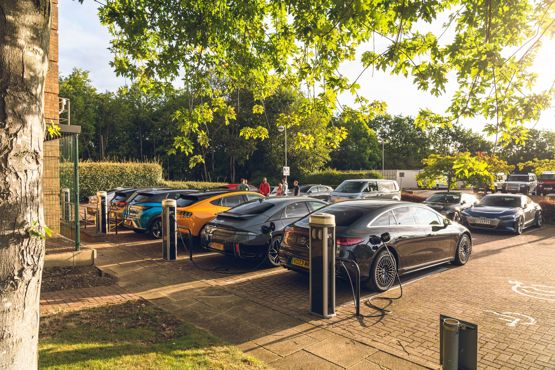
While it’s true that the more you pay the further you can go, it was the cheapest car - the BYD - that managed to consume the least amount of electricity per mile.
The performance of the VW ID3 proves that even an affordable mainstream EV has impressive real-world capability.
Photography by Jordan Butters.



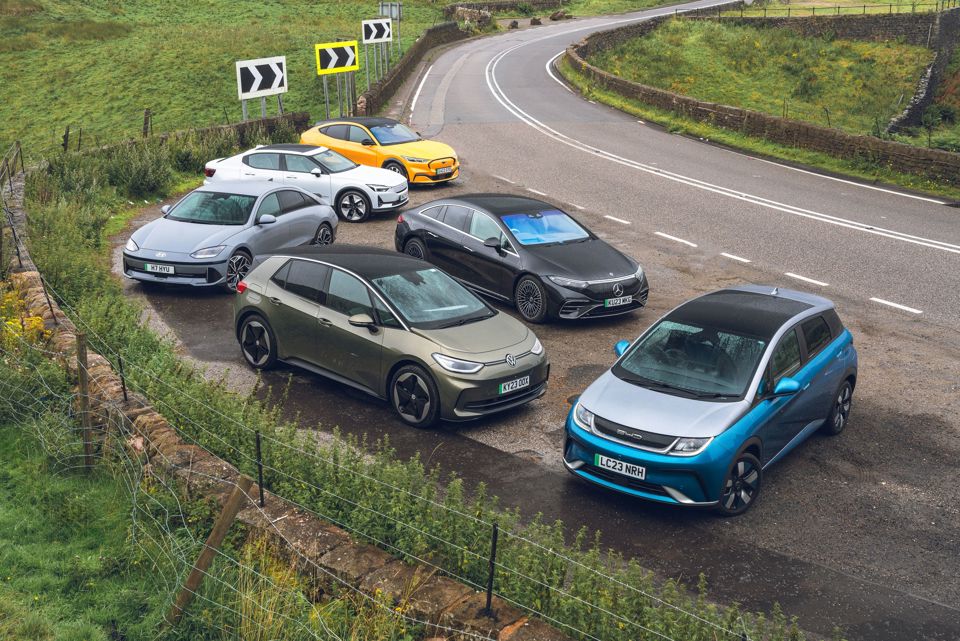










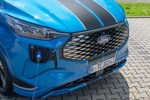




Login to comment
Comments
No comments have been made yet.